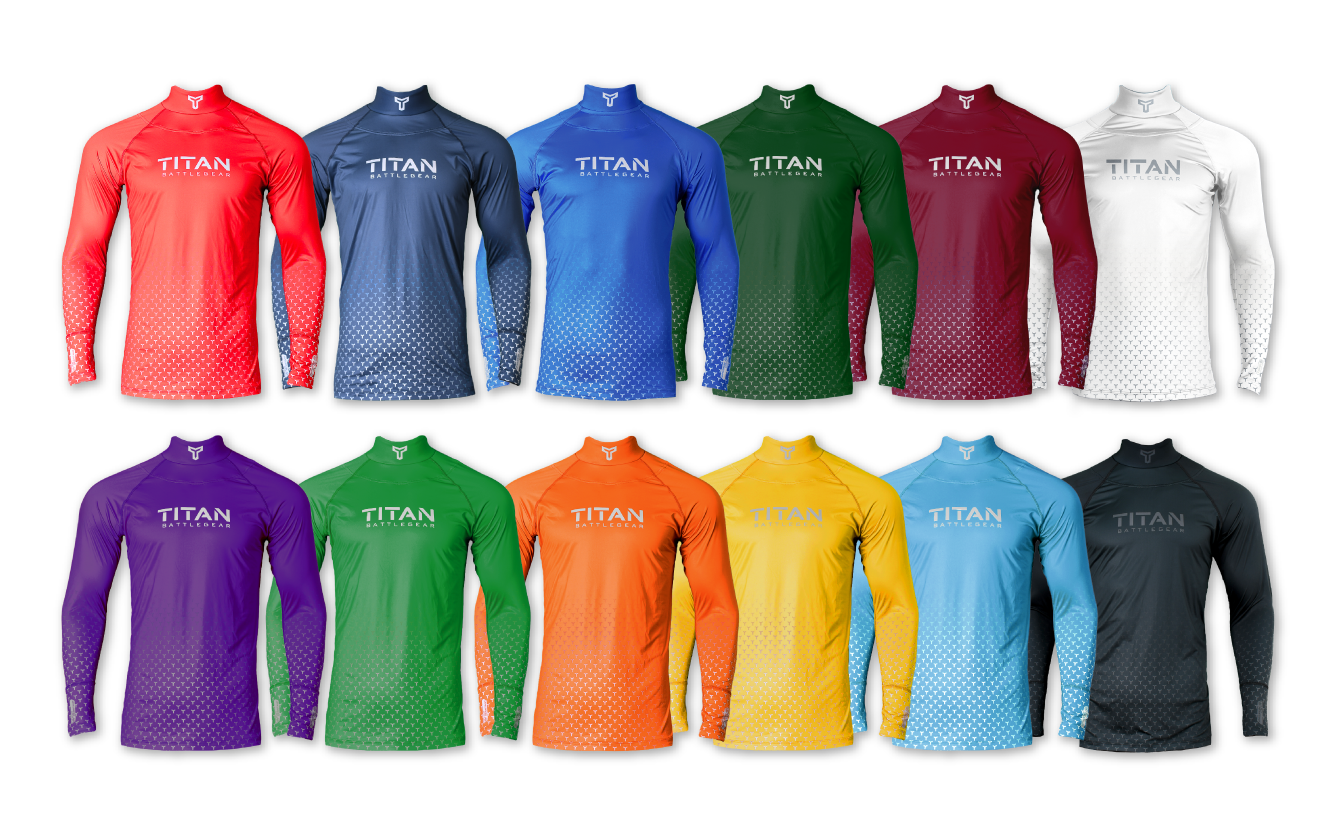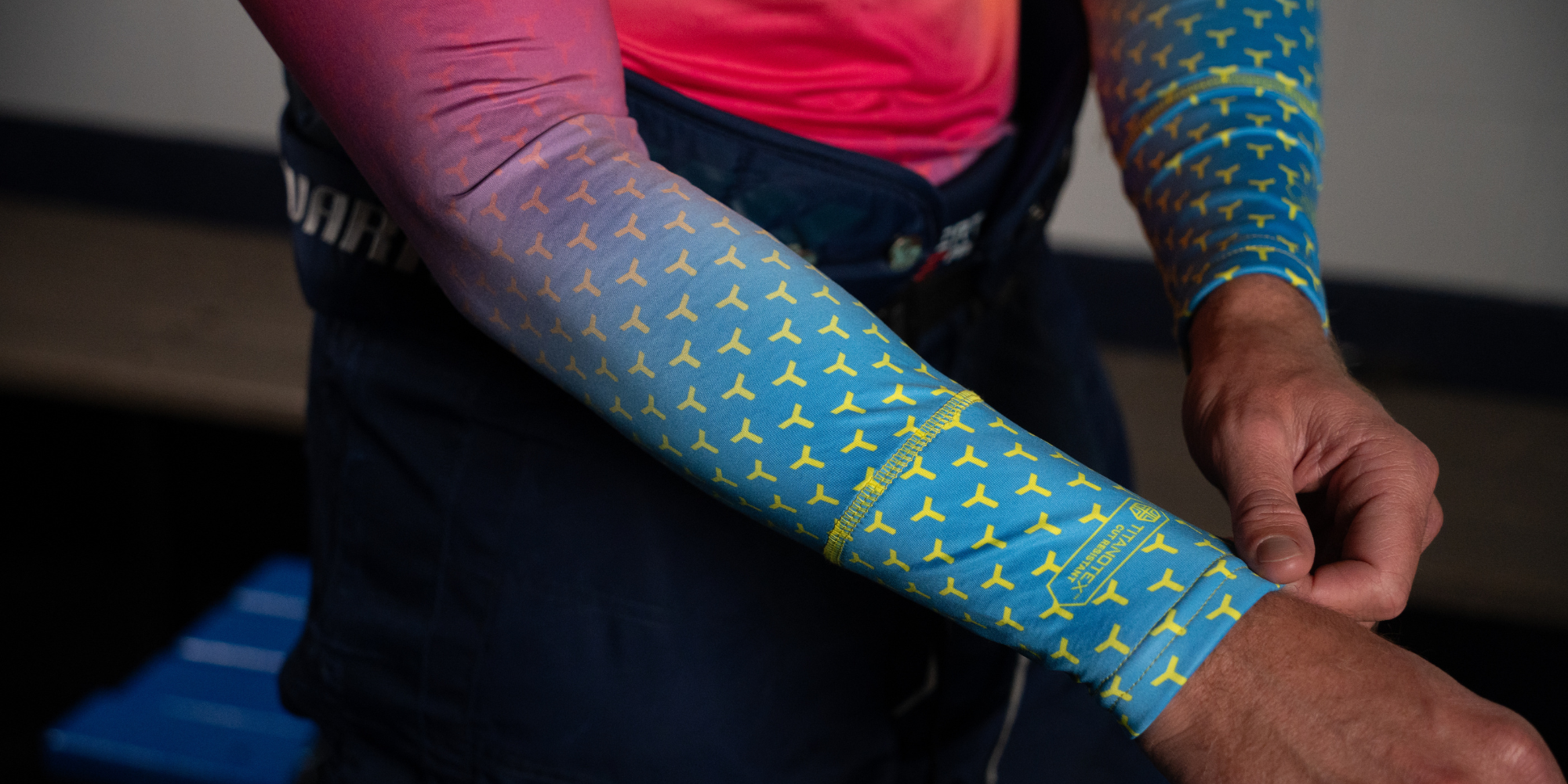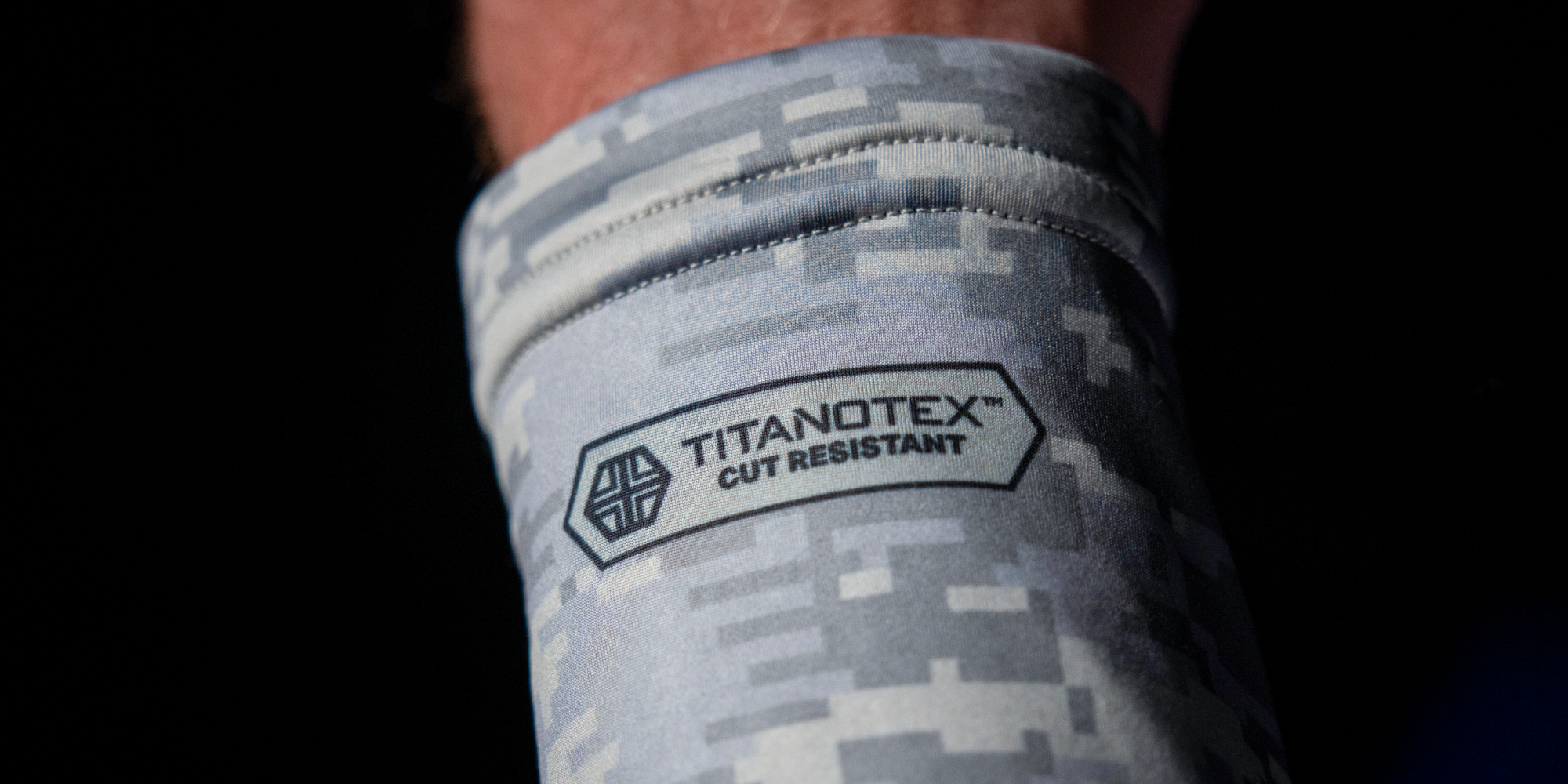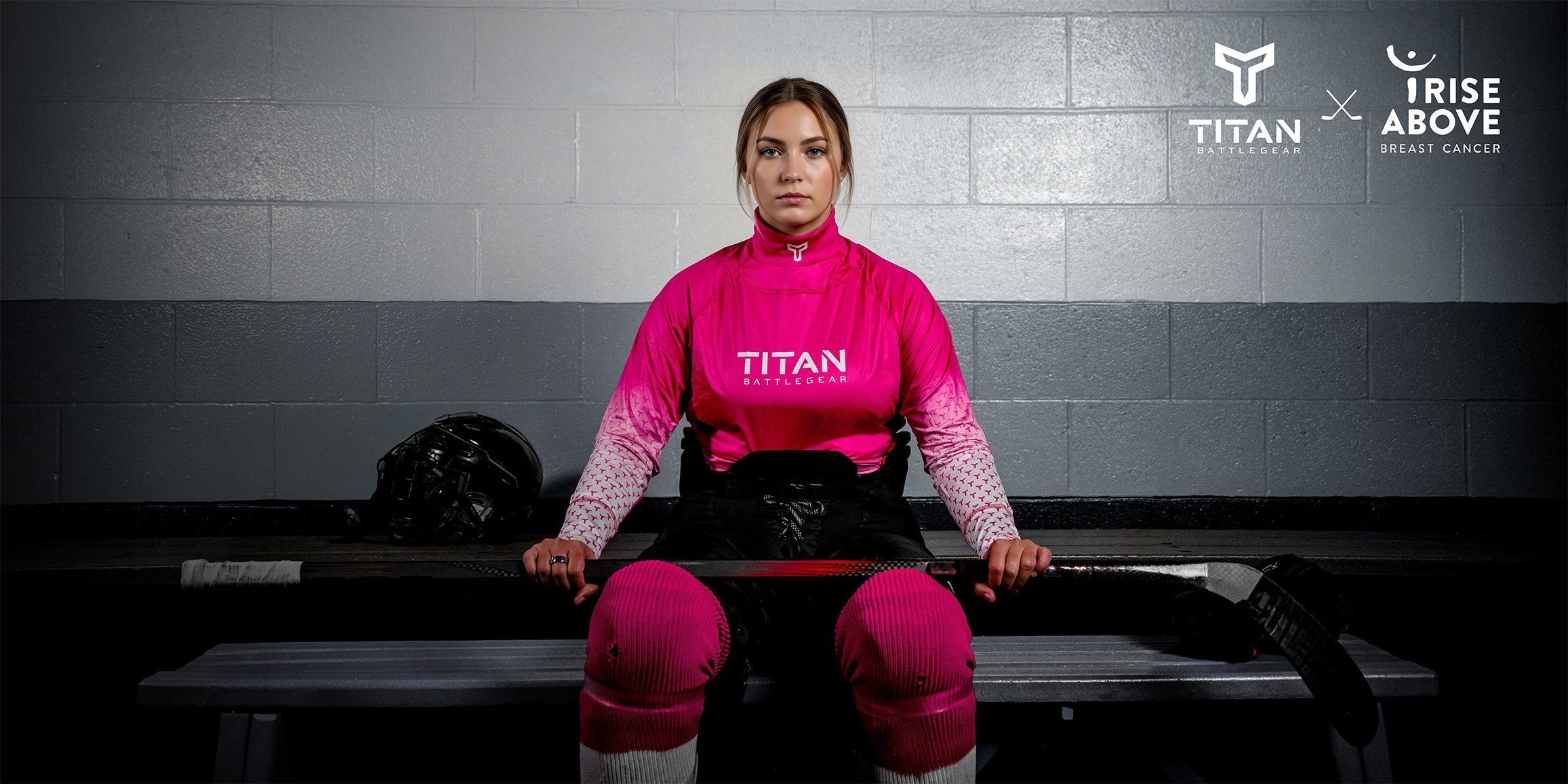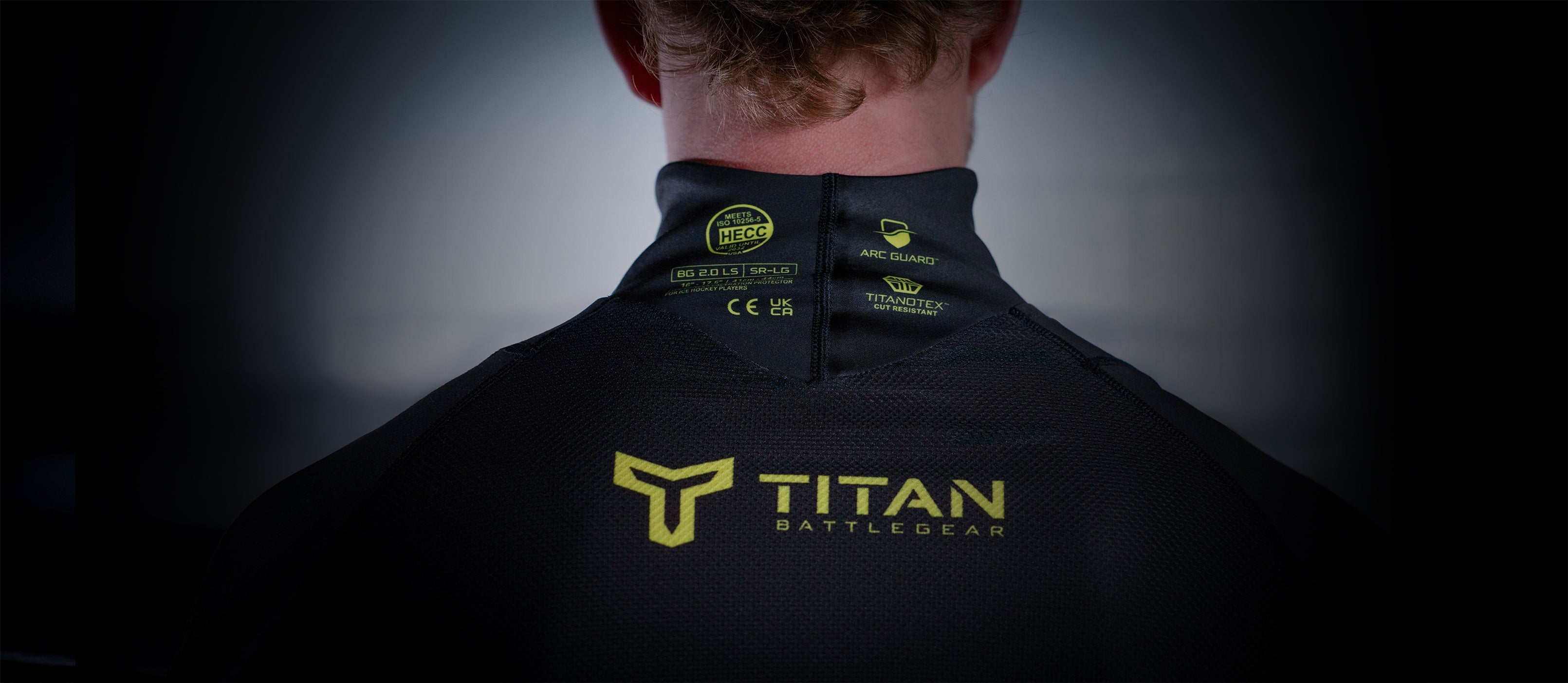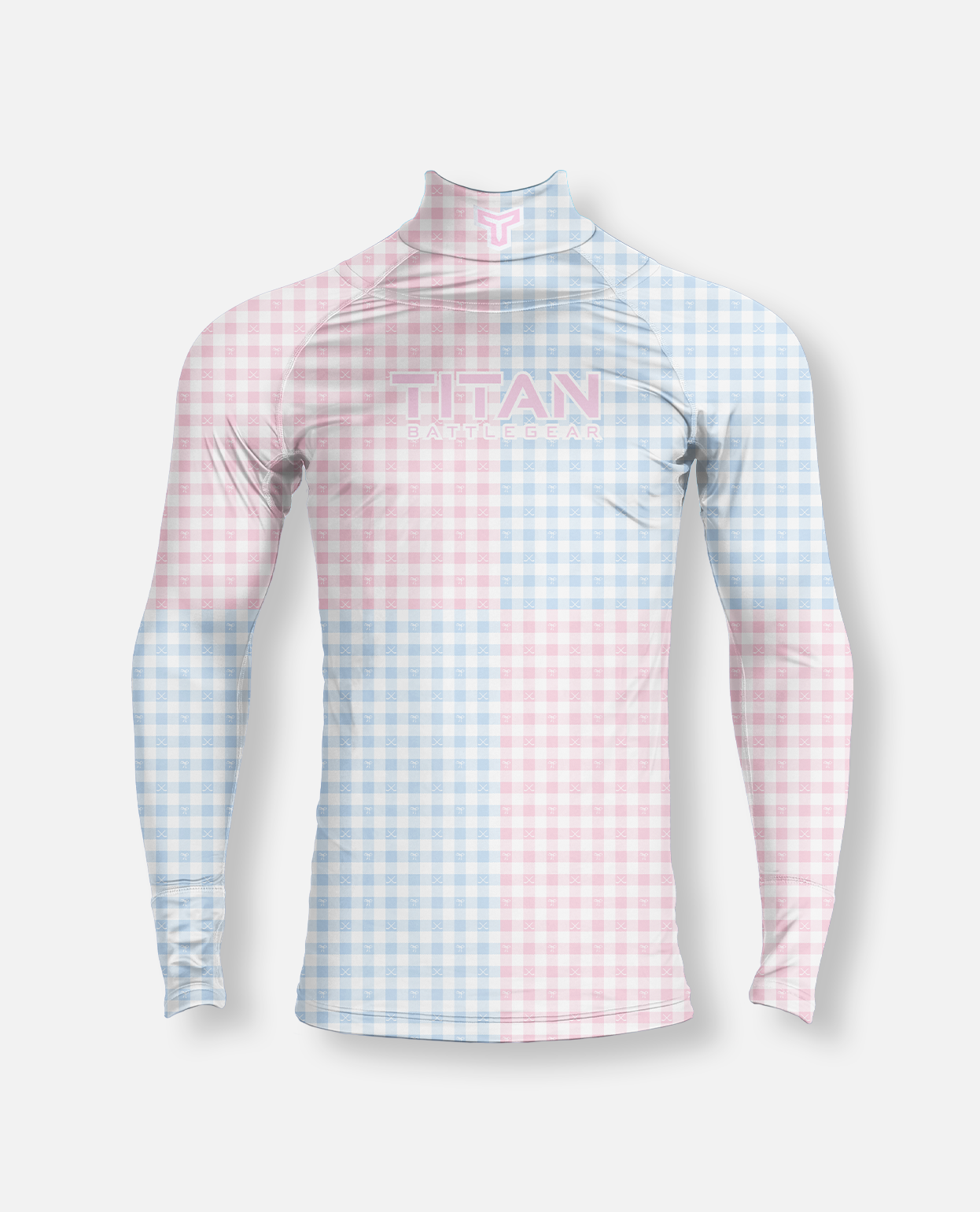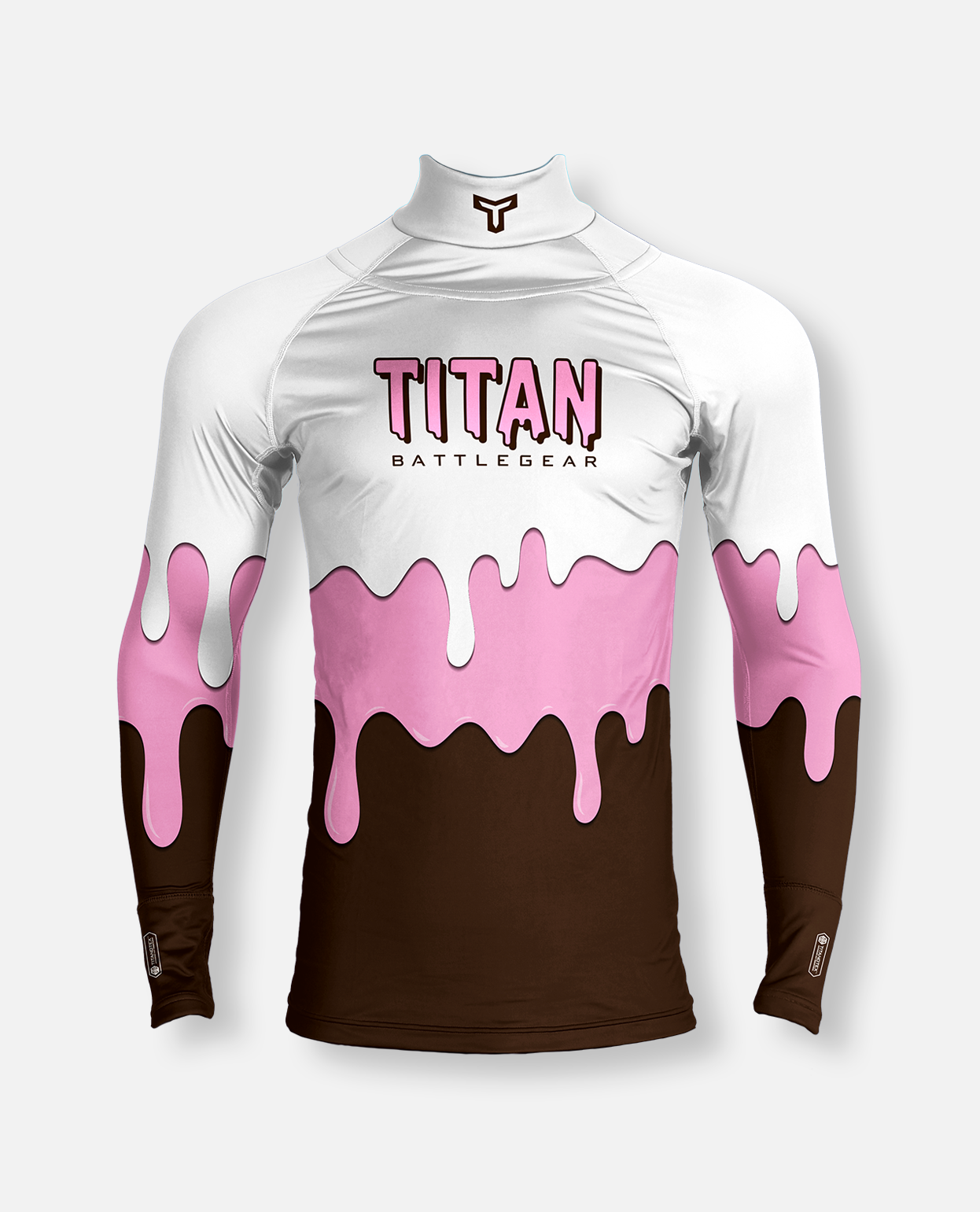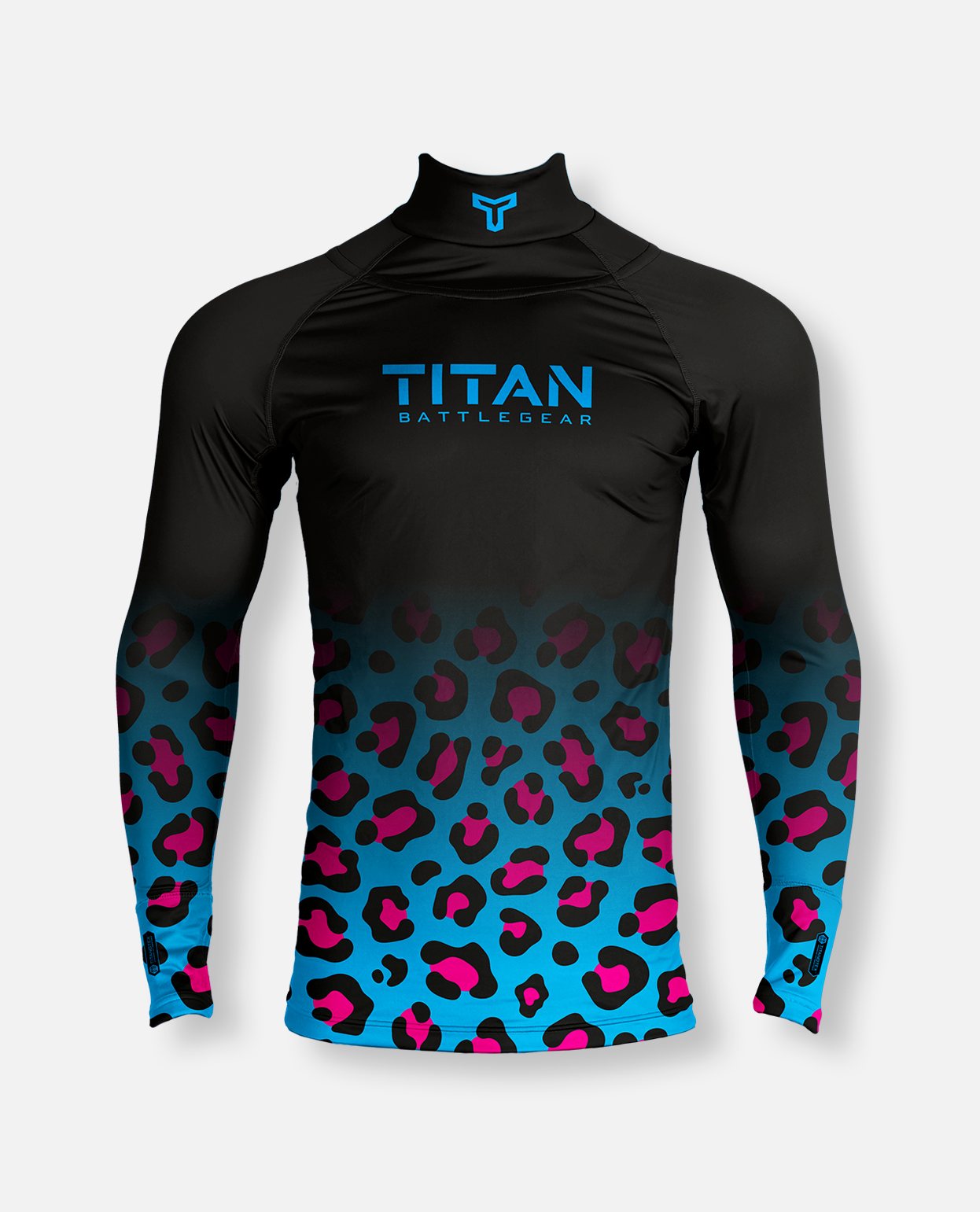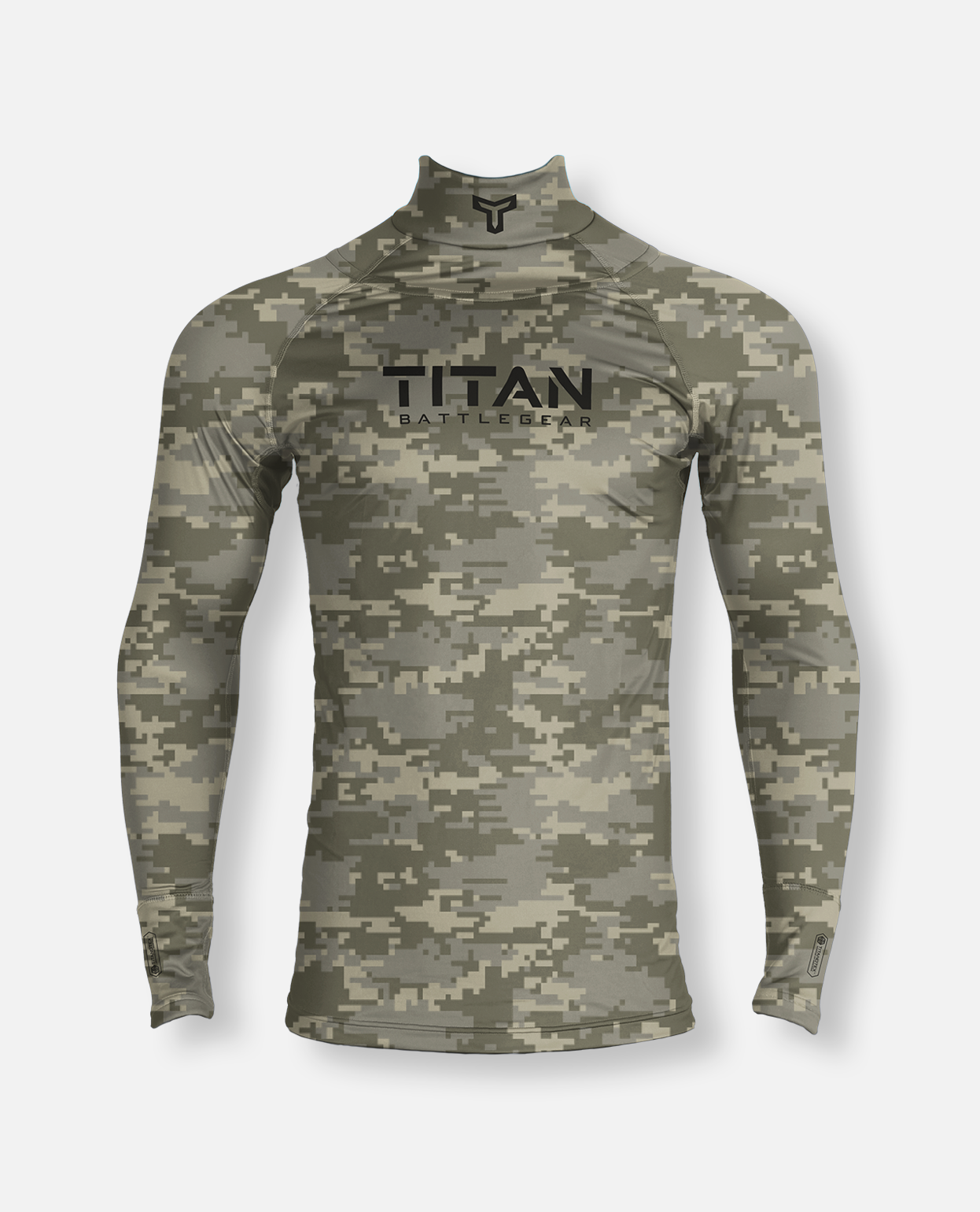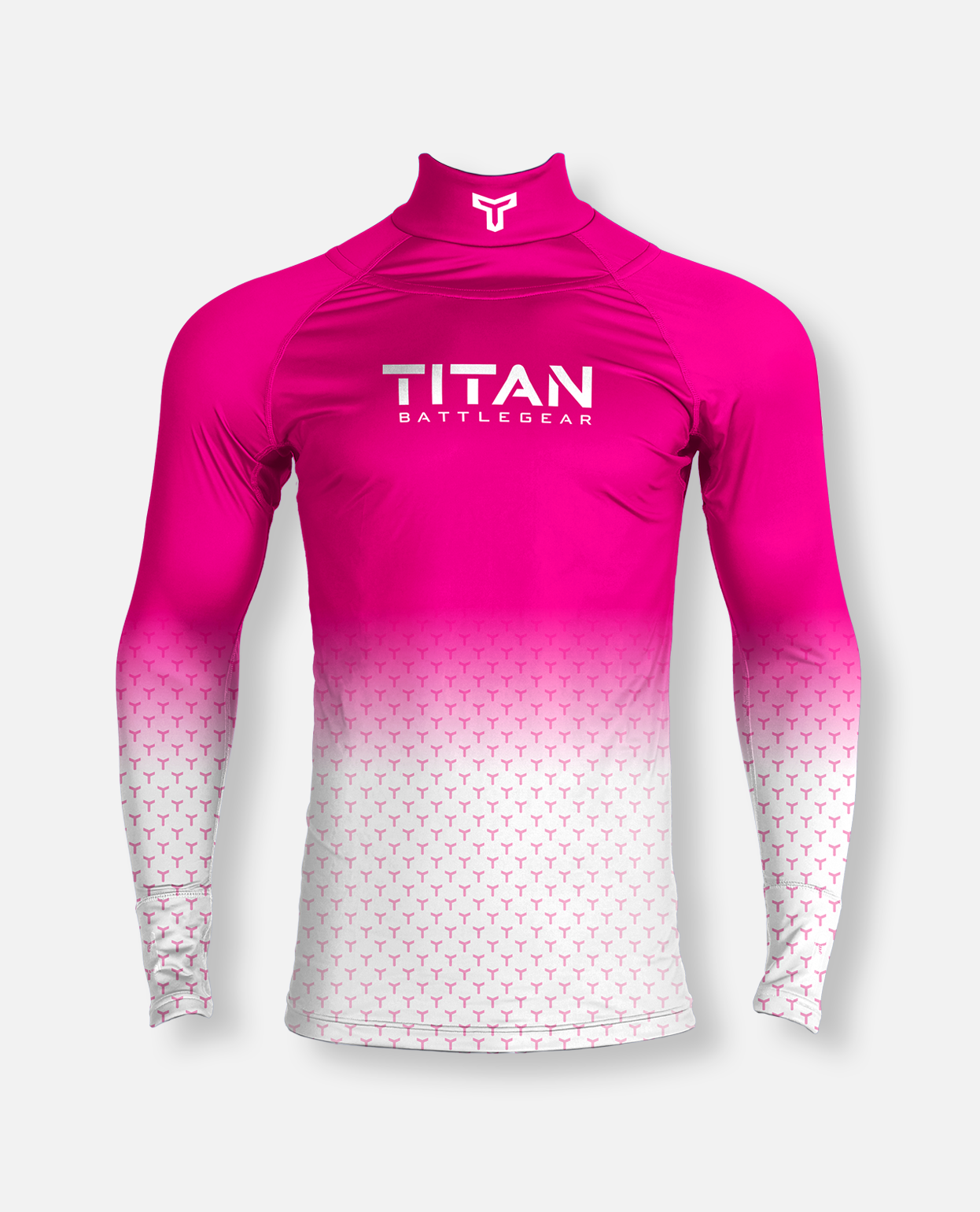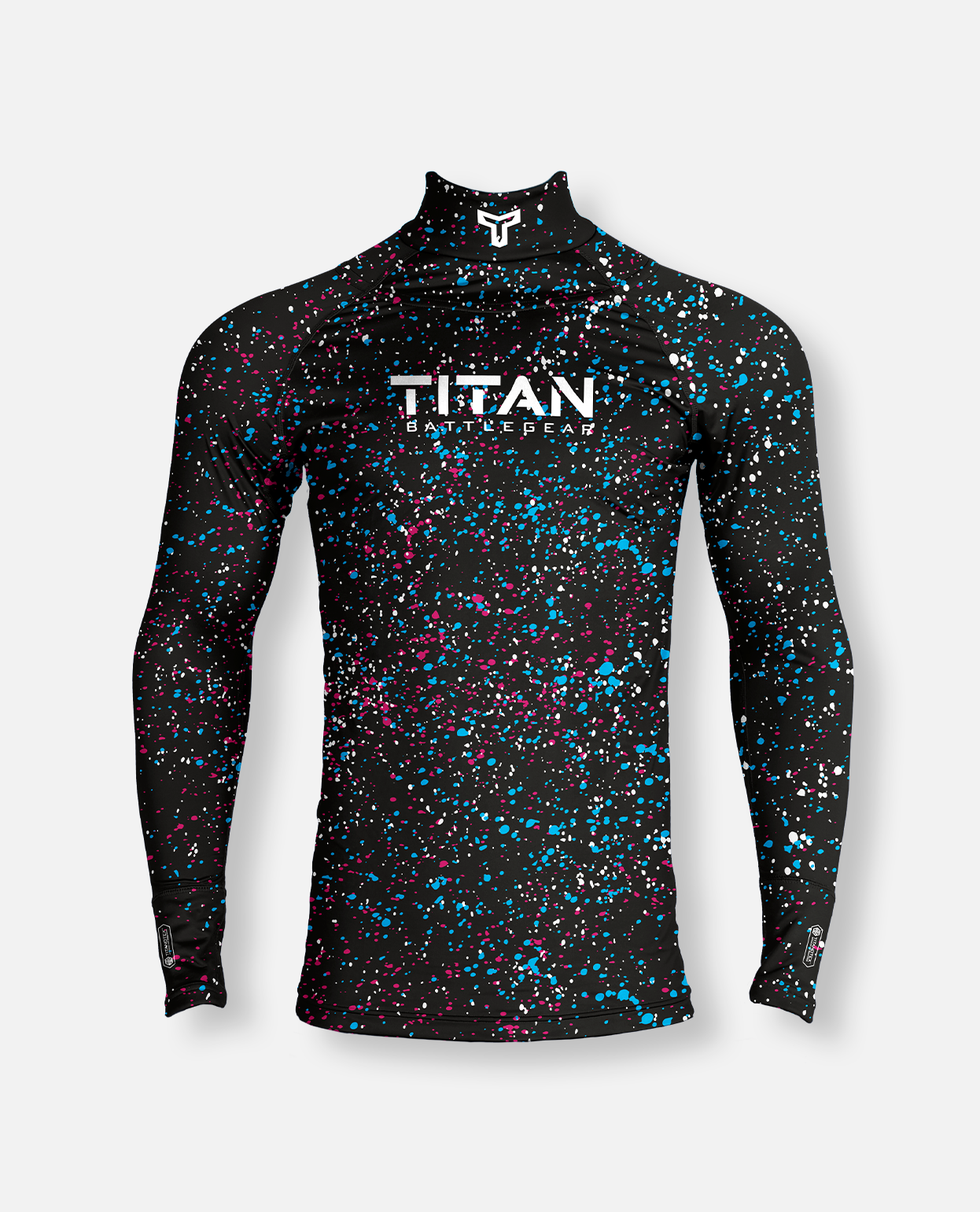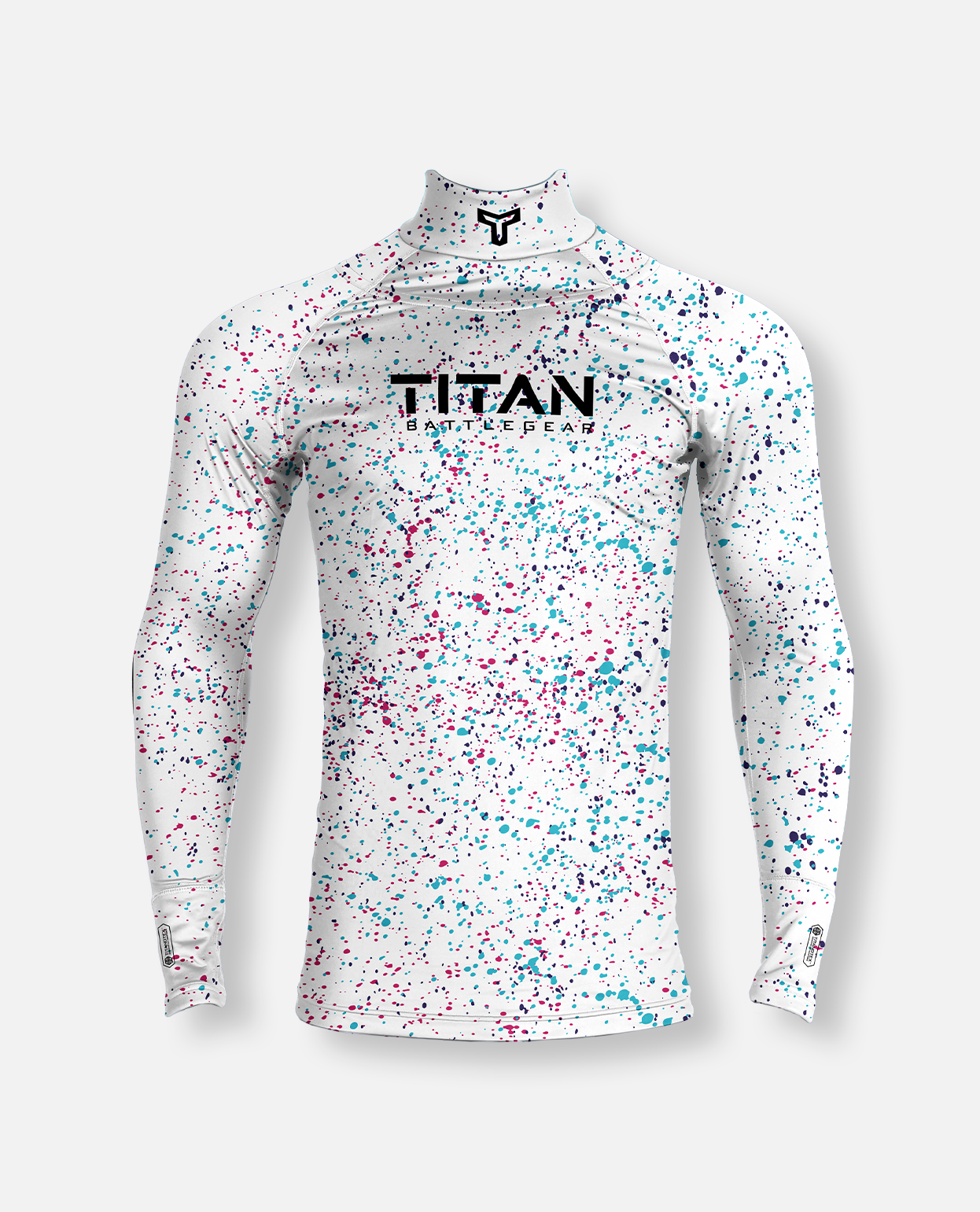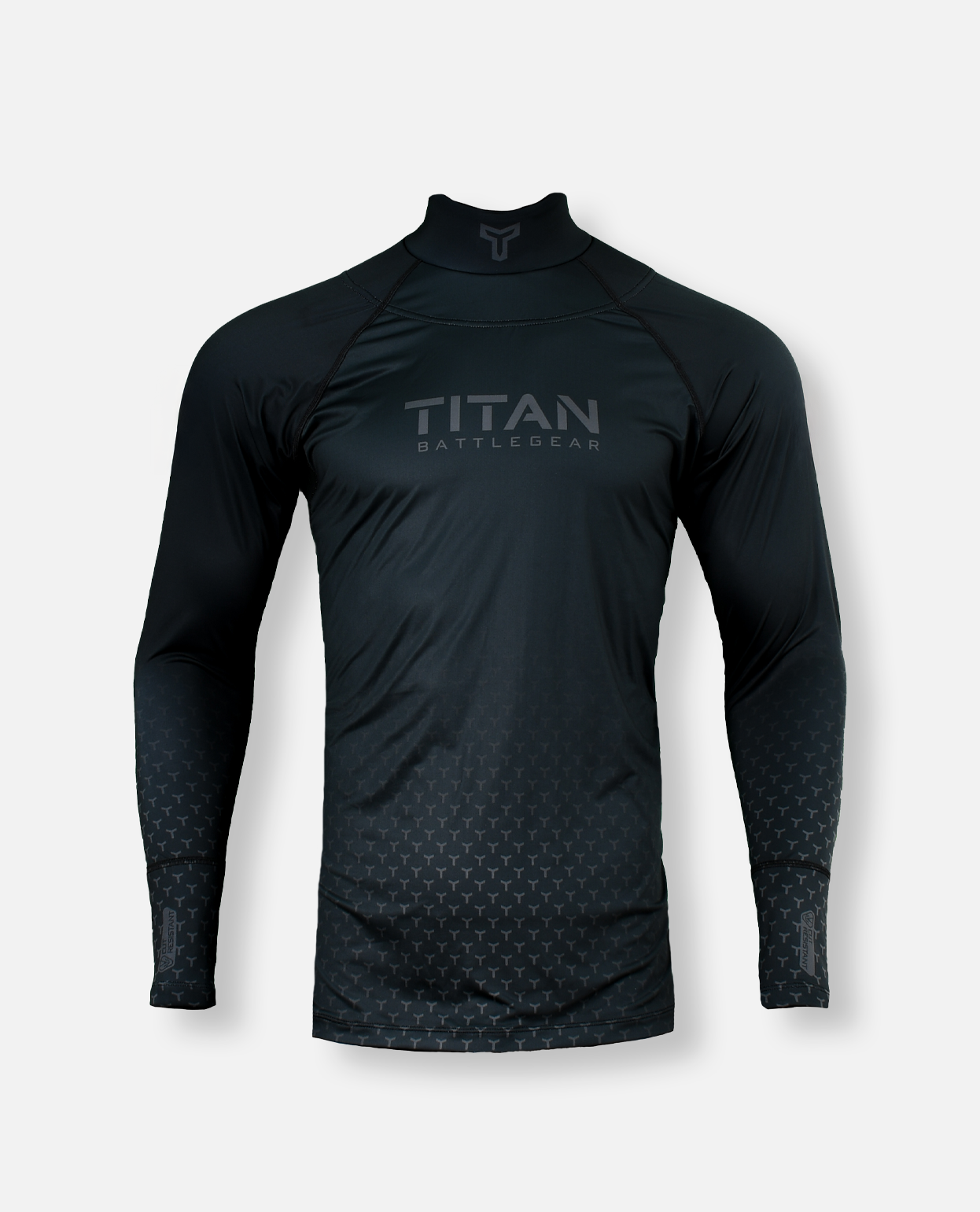When stepping onto the ice, hockey players face a myriad of risks, with one of the most serious being neck lacerations caused by skate blades. That's where the hockey neck guard comes into play, offering a critical layer of protection to prevent potentially life-threatening injuries. Here, we dive deep into everything you need to know about hockey neck guards, from comfort and sizing to rules and regulations.
1. Most Comfortable Hockey Neck Guards
One of the top concerns for hockey players when choosing protective gear is comfort. An uncomfortable neck guard can be a distraction on the ice and may hinder performance. The good news is that modern hockey neck guards are designed with both protection and comfort in mind.
- Materials: Advanced fabrics like TITANOTEX™ offer a lightweight, breathable, and flexible fit while providing top-tier cut resistance. With technologies such as Arc~Guard, players can enjoy full neck protection without compromising mobility.
- Designs: Look for neck guards that feature moisture-wicking, odor-resistant properties, keeping you dry and comfortable throughout the game. At Titan Battlegear, we prioritize player comfort with two distinct neck guard designs—Adapt (Slip-On) and Adjust (Velcro)—which ensure a snug yet customizable fit.

2. What Is a Hockey Neck Guard For?
The primary purpose of a hockey neck guard is to protect the player's neck from cuts caused by skate blades. In a fast-paced sport like hockey, accidents can happen, and the neck, being a highly vulnerable area, requires extra protection. A skate blade to the neck could sever vital arteries such as the jugular or carotid, which can lead to life-threatening injuries.
- Titan Battlegear's Arc~Guard technology enhances neck coverage, including crucial areas like beneath the ear to protect the jugular vein, setting new standards in hockey safety.
Beyond just cut resistance, neck guards made with materials like graphene also offer benefits such as thermoregulation and anti-bacterial properties, contributing to both safety and overall well-being during gameplay.

3. Are Neck Guards Required in Hockey?
Whether or not a hockey neck guard is required varies by league and location. However, more and more governing bodies are making them mandatory.
- USA Hockey has passed legislation requiring neck laceration protection for all players under 18 starting in August 2024.
- IIHF (International Ice Hockey Federation) and other leagues, including WHL (Western Hockey League) and OHL (Ontario Hockey League), have also implemented rules that mandate neck guards for players at all levels.
While some adult leagues might not require neck guards, they are strongly recommended for the safety they provide. Regardless of the rules, wearing a neck guard significantly reduces the risk of severe injury.
4. Hockey Neck Guard Rules
Different leagues have specific guidelines when it comes to hockey neck guards:
- USA Hockey: As of August 2024, players in youth, girls, and junior age groups, as well as on-ice officials under 18, must wear neck laceration protection. Not adhering to this rule will result in penalties.
- IIHF: Neck laceration protectors are mandatory for all senior and junior competitions, with clear guidelines that the protector should cover as much of the neck as possible and remain unaltered.
When selecting a neck guard, ensure it complies with your league's rules, especially concerning coverage area and design specifications.
5. How to Size a Hockey Neck Guard
Choosing the right size for your hockey neck guard is essential for both comfort and effectiveness. A neck guard that’s too tight may restrict movement, while one that's too loose can leave areas of the neck exposed.
- Measure your neck circumference: Use a soft tape measure to wrap around your neck, just below the Adam’s apple. Be sure to leave enough room for comfort.
- Look for adjustable options: Neck guards like Titan Battlegear’s Adjust (Velcro) provide customizable fit, ensuring the guard sits snugly without being too tight.
Check our sizing chart that correspond to neck measurements, so be sure to consult these when making your purchase.

6. What Neck Guards Do Hockey Goalies Use?
Goalies, arguably the most vulnerable players on the ice, often use throat guards in addition to traditional hockey neck guards.
- Throat Protectors: These are often made of high-impact plastic and dangle from the goalie mask to cover the exposed throat. While these offer protection from pucks and sticks, they don't necessarily provide cut resistance.
- Combination Protection: Goalies can benefit from using both a cut-resistant hockey neck guard and a throat guard for maximum protection. The neck guard offers the necessary protection from skate blades, while the throat guard helps shield against hard shots.
Titan Battlegear offers neck guards that fit seamlessly beneath a goalie’s other protective equipment, making sure their safety is uncompromised.
Conclusion
When it comes to hockey neck guards, the importance of protection cannot be overstated. With the rise in incidents and the implementation of stricter rules by governing bodies like USA Hockey and the IIHF, wearing a high-quality neck guard is not just a recommendation but a necessity. For both players and goalies, selecting a guard that offers optimal comfort, proper fit, and maximum protection is essential for enjoying the game safely.
At Titan Battlegear, we’re committed to providing hockey neck guards that offer the highest level of protection without sacrificing comfort or mobility. With innovations like Arc~Guard and our TITANOTEX™ fabric, we ensure that you stay protected on the ice.
For more information on our products, visit our Battlegear collection. If you're interested in learning more about our cutting-edge TITANOTEX™ technology, check out our technology page.





